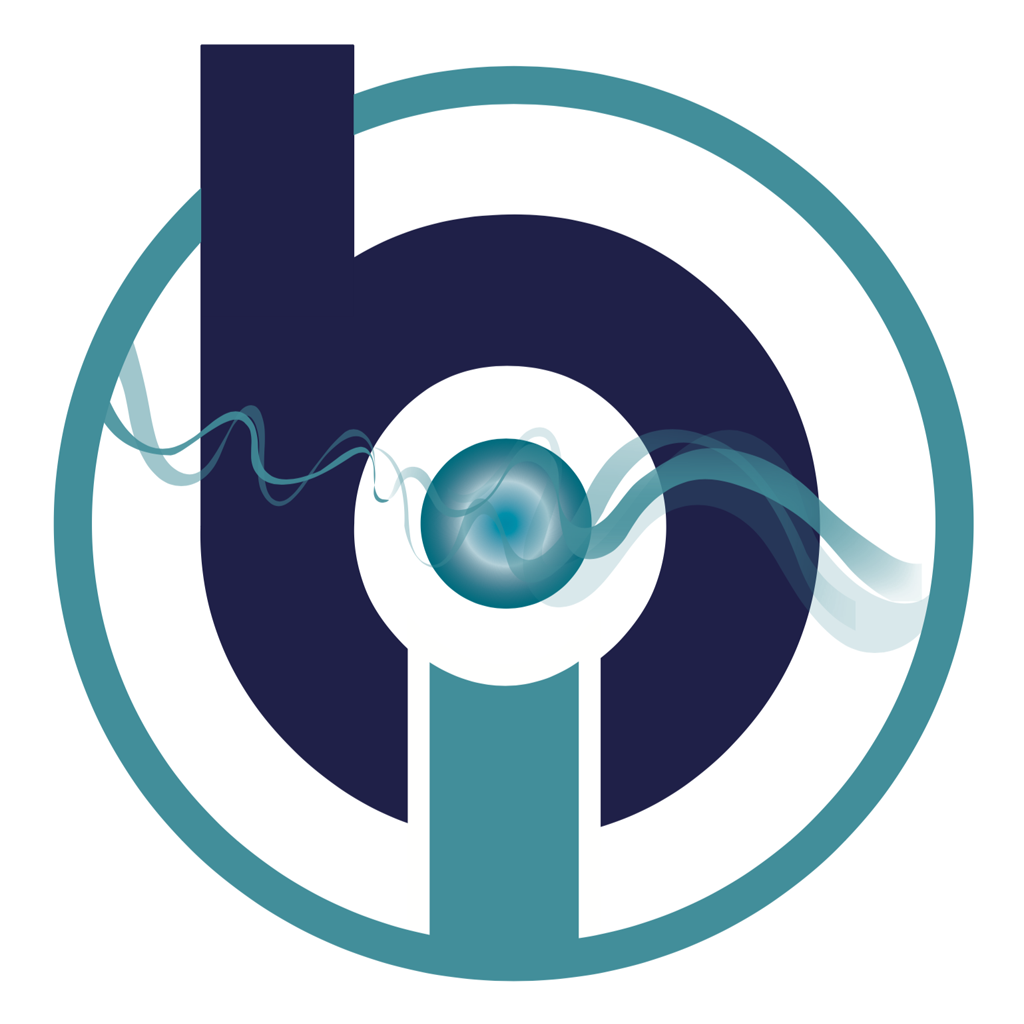The western diet has caused many people to turn to unhealthy foods. Fast food chains are growing larger and larger by the day. These unhealthy foods, combined with the exposure to many environmental toxins imposed by the processing of foods, along with toxins present in water and sometimes even crops, are causing disastrous effects in the human body without the host understanding the impact. Campaigns are often launched to help people understand the risk that they are facing when they do not eat the right foods, explaining that certain foods are unhealthy and that only specific types of food groups should really be added to a person’s diet.
While these all hold true factors, there is something that many people tend to forget – and that is that each and every person is unique. Thus, a “healthy” and “good” way of eating for one person may not be entirely suitable for the next. While certain foods are deemed “healthy” and can surely help a person load up on vital nutrients, factors such as allergies and food intolerances also need to be accounted for.
With the help of Bioresonance testing, these issues can be detected, and a person’s diet can be appropriately adjusted to be not only healthy, but also good for them.
What Does It Really Mean To Eat Healthily?
The most recent data released by the World Health Organization revealed that approximately 39% of the population – those aged 18 and older – are now officially considered obese. This means that many people are not following through with a healthy diet to assist in managing their weight more effectively.
A “healthy” diet essentially means avoiding foods that can cause harm to the body and including specific foods that are known to provide the body with nutrients that are needed for survival, along with antioxidants to assist in fighting off inflammation, disease, and free radical damage at a cellular level.
The issue with food is that there is no single food item that contains all of the essential vitamins, proteins, fats, minerals, and other nutrients that are needed for survival and for keeping the body in a healthy condition. This is why a balanced diet that is filled with a variety of nutritional food items is recommended for improved health, along with enough water to keep the body hydrated.
A “healthy” diet would essentially include a variety of vegetables, including carrots, spinach, kale, lettuce, tomatoes, cucumber, eggplant, and more. Fruit should also play a role as they are loaded in essential nutrients – think bananas, apples, pears, oranges, grapes, and more. Additionally, it is also important to eat more fish, as this food item is high in omega-3 fatty acids, along with protein and other nutrients. Chicken is also considered an appropriate part of a healthy diet, along with other poultry meat products.
While some studies have shown that red meat is not the best type of food to be consumed, red meat does contain arginine, vitamin B12, and other nutrients that are useful for the body – and in some cases even crucial.
What Is Bioresonance Therapy And How Can It Help?
When adopting a “healthy” diet, it does not necessarily mean that a person is eating in such a way to benefit their own body completely. There are multiple types of sensitivities, food intolerances, and even allergies to certain compounds found in food that may interfere with the body’s ability to remain healthy. For example, food intolerances are known to lead to inflammatory triggers – if the gut’s lining is inflamed, it can reduce the body’s ability to absorb the nutrients found in food properly.
This is really where Bioresonance therapy comes in – offering a range of tests that can be performed to equip a person with the skills to eat better, in such a way that their body is not exposed to compounds that they might have adverse reactions in their bodies.
With Bioresonance testing, several applicators are placed on the patient’s body. Signals are then sent toward the body in order to test how the body’s electromagnetic waves respond to each of the signals. The signals can represent any number of items – including specific food options. The results provide the patient with a detailed overview of specific foods that they should ideally not eat.
When these foods are eliminated from a patient’s diet, it will certainly further contribute to their general well-being, allow for optimal absorption of nutrients, and reduce the risk of experiencing adverse effects from the food items they consume.
Conclusion
Thousands of programs are available to help people understand what foods they need to eat to be healthy, but these programs do not take each unique individual into account. With the use of Bioresonance therapy, along with such a program, intolerances, sensitivities, and allergies to specific foods can be determined – the “healthy” eating plan can then be adjusted to avoid such foods, ultimately leading to what should be considered as a better way of eating.


